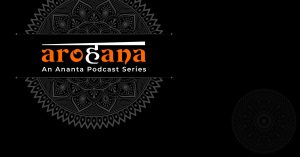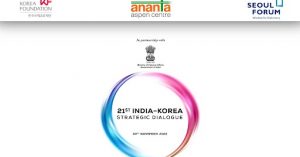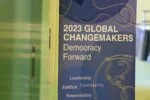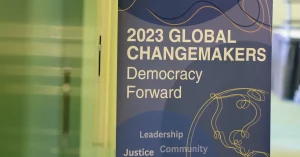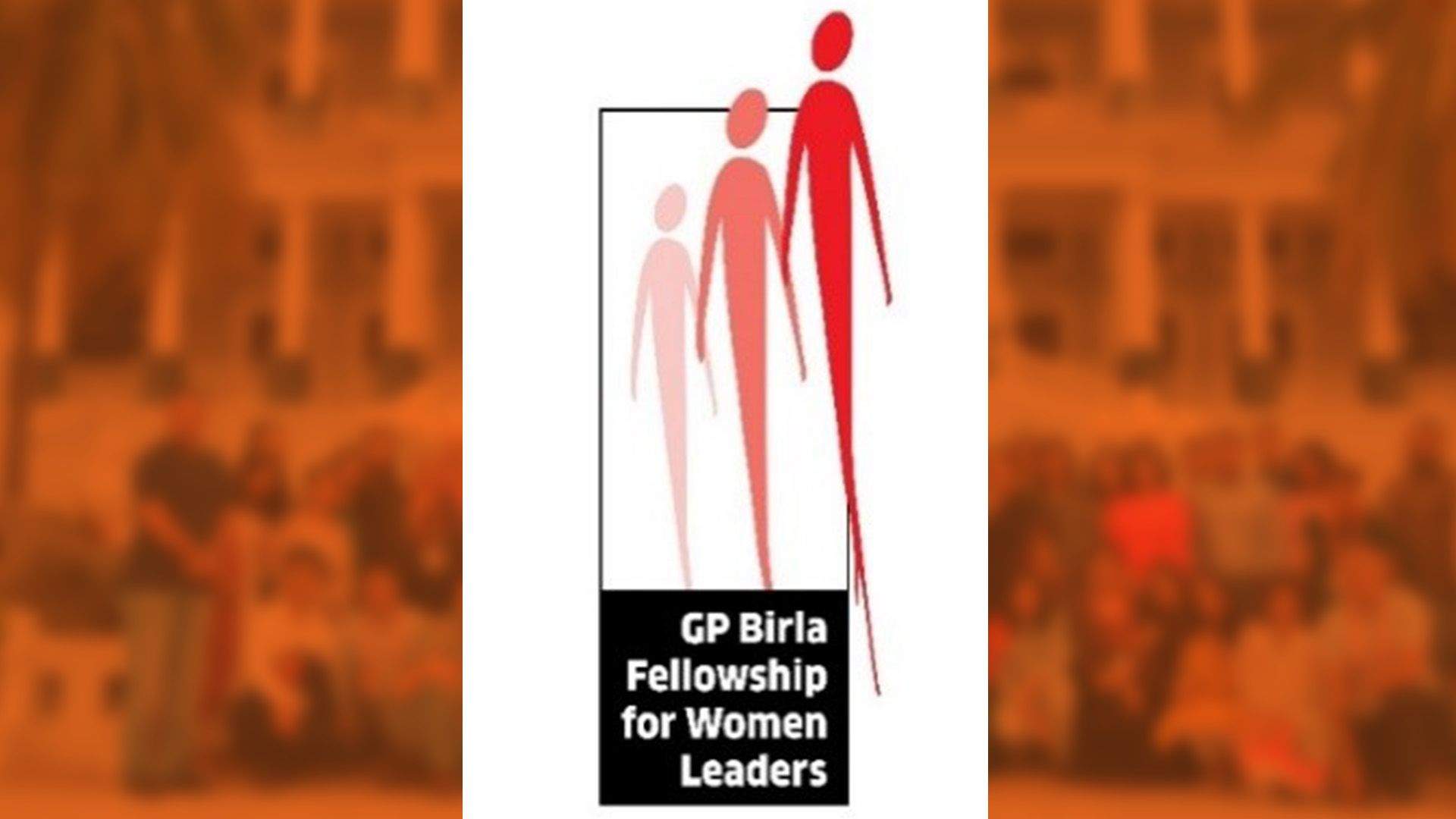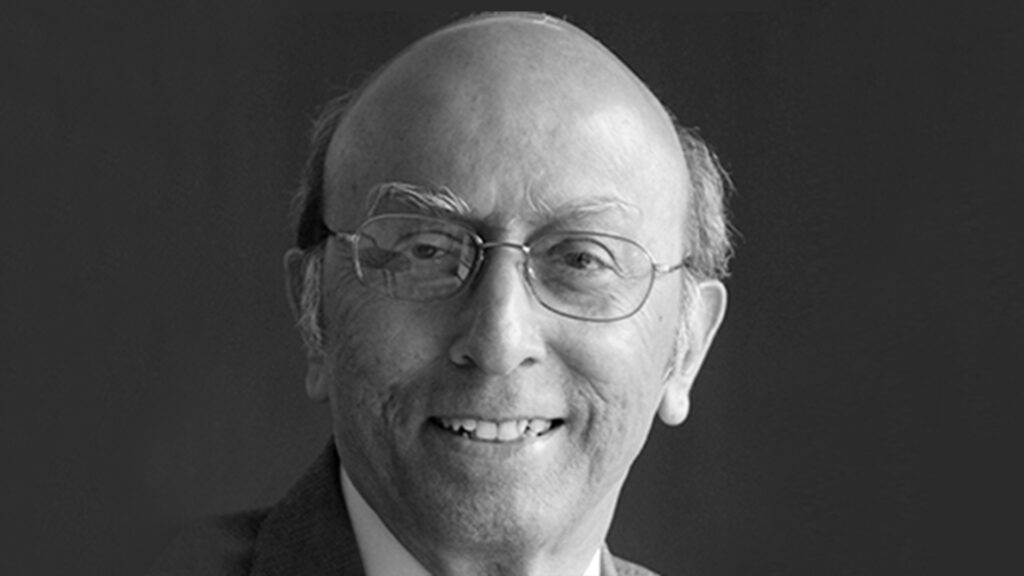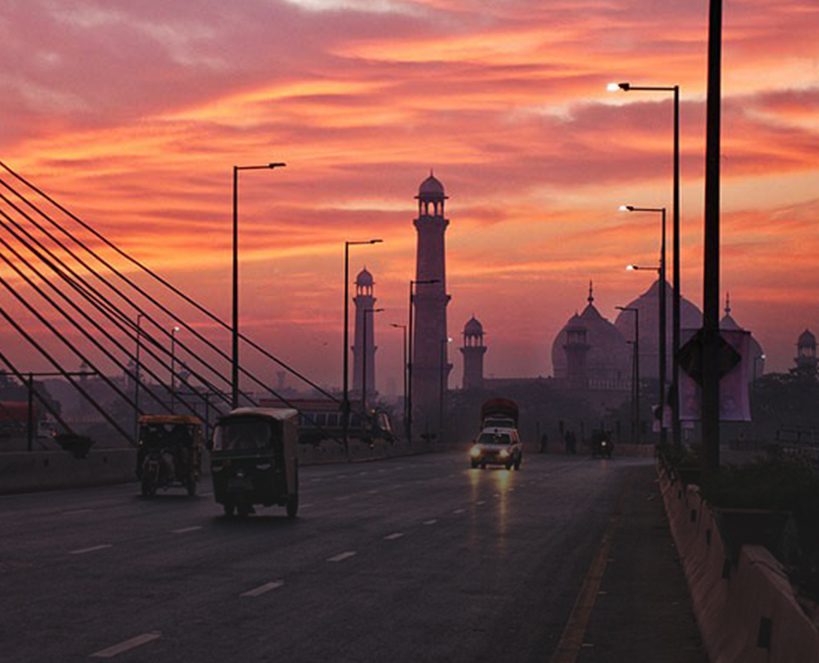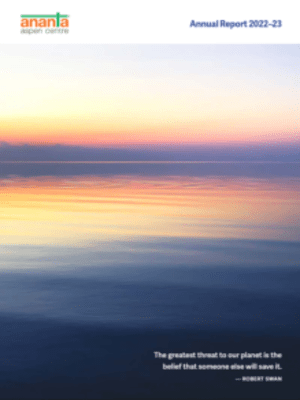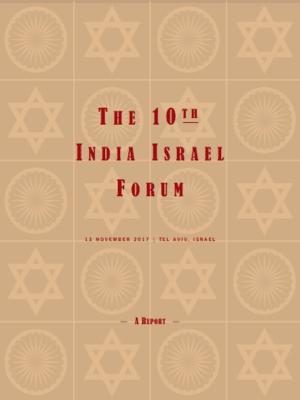Coronavirus in LAC
Despite a slow start, infection spread in most of the region through the summer in most parts of South America. COVID-19 panic soon overcame government apathy and denial. Most countries saw sudden spikes in cases and almost all countries shut down their borders temporarily. Central governments scrambled to announce measures to prop up economies already hit by collapsing prices of crude oil and other commodities on which most depend.
Brazil’s Congress declared a national emergency in March, waiving fiscal targets and freeing up budget resources. On 21 March the government admitted that the territory of Brazil – 2.6 times the size of India, had entered Phase III, or community transmission of the virus. The Health Minister warned the country would not see a downturn till September and of a possible breakdown in the healthcare system. The stock market and the currency (Real) plummeted. By end April Brazil had registered officially over 80,000 cases and over 5,500 deaths, exceeding the number of deaths in China. Unofficial estimates put the number of cases over a million
Other countries registering high number of cases/deaths: Chile (15,000/220+), Peru (34000/1000+), Ecuador (25,000/900+), Colombia (6,800/300), Argentina (5,500/220) also declared emergencies, shutting down travel and free movement. In Chile 15 political parties agreed to postpone a referendum on amending the Constitution – announced after recent violent anti-government protests – from April till November. Tourist and business-friendly Dominican Republic (8000/300) and Panama (6,900/180) were hardest hit among the smaller countries. Mexico (19,000/1900+) initially saw slower rise in infections but President Lopez Obrador finally asked people to stay at home on 27 March. Disaster looms in Venezuela, its economy already in free fall for years, its medical professionals having migrated and its health infrastructure in shambles. Peru allowed men out on Mondays, Wednesdays and Fridays; Panama allowed women out on those days. Cuba, reeling under US sanctions, initially allowed ships and aircraft from all over to bring visitors. On 24 March, however the island was shut down for international visitors and put under quarantine. Cuba’s robust resources were tapped by some governments for healthcare workers to man overburdened hospitals.
The crisis provided yet another opportunity for China to enhance its profile as a reliable ally in the region. China’s government, along with business giants like Huawei, has donated or sold masks, protective equipment and ventilators to Mexico, Argentina and other countries, even as the US has banned sale of such equipment to several Caribbean nations and defunded the Pan America Health Organisation – along with the WHO. Chinese demand for food and raw materials from Latin America also sustains its image as a leading economic partner and the second largest trading partner of the region. 19 LAC countries have declared support for the Chinese BRI.
Political Developments
Political ramifications of the COVID crisis cascaded in Brazil. President Bolsonaro came under attack for publicly playing down the seriousness of the crisis, even including religious temples and lottery houses in the essential services list, and eventually sacking his very popular health minister who had stood up to him! He participated in a rally mid-April in Brasilia with hundreds of supporters who called for abolition of restrictions, closure of the Congress and Supreme Court and military rule! Social media companies blocked videos posted on Bolsonaro’s official profile which “…violated the Twitter rules…” against posting content that contradicted public health information from official sources and could put people at greater risk. Facebook and Instagram claimed these posts were “misinformation that could lead to physical harm.” A statement by his son, Eduardo comparing the outbreak to the 1986 Chernobyl nuclear disaster, and claiming “a dictatorship preferred to hide something serious rather than expose it…” elicited a sharp retort from the Chinese Ambassador in Brasilia. In early April, the Brazilian Association of Jurists for Democracy filed a criminal complaint against Bolsonaro in the International Criminal Court for endangering Brazilian lives with his illegal actions and policy. The Supreme Court decreed mid-April that governors and mayors (not the President) had full powers to order or remove restrictions during the epidemic. Against the president’s wishes, Congress passed legislation to provide poorer Brazilians with monthly stipends of around $120.The resignation late April of Brazil’s Justice Minister Sergio Moro, considered a national hero after he exposed the infamous bribery scandals of the previous regime, was a massive blow. Moro resigned after Bolsonaro sacked the police chief. Moro’s digital signature appeared on the order without his permission. The officer was apparently investigating cases against Bolsonaro’s three sons – all elected representatives – on various criminal charges. Moro accused Bolsonaro of ‘political interference…using the Federal police for his own interests’.
On 26 March the US government announced multiple indictments against Venezuelan President Nicolas Maduro and 14 other regime figures. They included his number two, Diosdado Cabello and the Chief Justice of the Supreme Court, as well as two dissidents from the now disbanded Revolutionary Armed Forces of Colombia (FARC) guerrillas of Colombia. US Attorney General William Barr accused Maduro of being the “leader” of the cartel that sent some 250 tons of cocaine per year to the US via the Caribbean and several Central American countries, including Honduras. The indictment accuses Maduro of providing “…. political and military protection for the rampant narco-terrorism… expressly intended to flood the United States with cocaine…”. On 1 April President Trump ordered a doubling of US naval assets in the Caribbean, enhancing pressure on Venezuela, ostensibly to interdict narcotics smuggling. The US has offered a reward of $15 million for information leading to Maduro’s arrest, $10 million for Diosdado Cabello and $10 million for other figures. The impact of this move will be revealed in coming weeks and months. Several of the indicted individuals are already under some form of US sanctions.
The US move harks back to 1989 when prosecutors in Miami charged Panamanian dictator Manuel Noriega with drug trafficking. They ultimately arrested him during an invasion of that country, convicted and imprisoned him in Florida. On 1 April US Secretary of State Pompeo presented a transition plan which involves Maduro stepping down, restoring the National Assembly presided over by Guaidó, and dominated by the opposition, to its full powers; a Council of State replacing the president; disbanding the Maduro-controlled Constituent Assembly; designating a new electoral agency; and elections in 6 to 12 months. The US would in return lift sanctions. A Truth and Reconciliation Commission was recommended to investigate serious acts of violence since 1999, when Hugo Chavez became president.
Elections in Guyana were held early March but till end April the results were still not declared. Guyanese predictably voted along ethnic lines with President David Granger’s ruling coalition getting support from the Afro-Guyanese community and the opposition from the Indo-Guyanese. Elections were triggered after the government lost a vote of confidence by one vote – of an Indo-Guyanese parliamentarian. After months of controversy the Caribbean Court of Justice ordered fresh elections. Guyana, with a population of only 750,000 has alternated Indo-Guyanese and Afro-Guyanese led governments. Recent with massive offshore discoveries by US based Exxon Mobil may yield 750,000 barrels per day (bpd) by 2025. The IMF expected the economy to record the fastest growth worldwide this year – 85% -before the COVID 19 crisis hit
At an extraordinary General Assembly on 20 March, the Washington-based Organisation of American States (OAS – 34 countries in the American hemisphere) re-elected Uruguay’s Luis Almagro as Secretary General for another five-year term, by 23 votes to 10 for his opponent. The vote reflected the ideological divide in the region. Almagro was backed by the US, Colombia and other right-wing members. Ecuador’s former Foreign Minister, Ms Maria Fernanda Espinosa was nominated by the Caribbean states, backed by Venezuela and Mexico. Almagro has been openly calling for the ouster of Maduro in Venezuela.
Economic Developments
On 21 April, the UN Economic Commission for Latin America & the Caribbean (ECLAC) estimated a 5.3 percent economic contraction in 2020 in Latin America & Caribbean because of the coronavirus pandemic. Hardest-hit will be Venezuela (-18%), Mexico (-6.5%), Argentina (-6.5%), Ecuador (-6.5%), Nicaragua (-5.9%) and Brazil (-5.2%), followed by Chile (-4%), Peru (-4%), Uruguay (-4%), Cuba (-3.7%), Costa Rica (-3.6%), Haiti (-3.1%), Bolivia (-3%), El Salvador(-3%) and the Caribbean islands (-2.5%). “To find a contraction of comparable magnitude, you need to go back to the Great Depression of 1930 (-5%) or even further to 1914 (-4.9%).” according to the report. Unemployment could increase to about 11.5 percent, some 37.7 million; the poverty rate will rise from 30.3 percent to 34.7 percent, or 28.7 million people; extreme poverty will rise to 13.5 percent, an increase of 16 million people. ECLAC also warned that remittances being sent back to Latin America could decline by 10-15 percent this year and could take 4-8 years to move back up to the 2019 level.
The collapse of the negotiations between Saudi Arabia led OPEC and Russia over reducing oil production impacted Venezuela massively. Its heavy crude April/May deliveries plunged to 70 yuan, (below $10) per barrel, despite an official price per barrel of $25 (under US sanctions, Venezuela quotes in Chinese Yuan instead of US dollars). This is well below the earlier discounts over Brent crude offered by Venezuela’s oil company PdVSA to buyers wary of US sanctions. Production costs in Venezuela average $10 to $12 per barrel, excluding a 33% royalty PDVSA pays to the government. Crude inventories are also rising as a result of the sanctions, which have scared off most of the buyers. OPEC reported that in March Venezuelan oil production had fallen to an all-time low of 660,000 bpd.
In another blow to Venezuela, the IMF rejected an emergency rescue request from the Maduro regime for $ 5 billion in March. The request surprised most, since Venezuela has long reviled the institution as being a handmaiden of the capitalist west. An IMF spokesperson said the request could not be considered because “…IMF engagement with member countries is predicated on official government recognition by the international community, as reflected in the IMF’s membership… There is no clarity on recognition at this time.” To make matters worse, China seems no longer interested – nor able perhaps – to bail out Maduro. The primary recipient in LAC – $62.2 billion since 2007 – Venezuela has received no new finance from China’s policy banks for the past three years. In 2018, Beijing ended a grace period for Venezuela on its principal payments to China.
After coming under US sanctions for its operations in Venezuela, Russian hydrocarbons giant Rosneft announced end-March it had sold its Venezuelan joint ventures to a company owned by the Russian government. Russia simultaneously set up an oil company called Roszarubezhneft and cut its holding in Rosneft to a minority to transfer the stake. Roszarubezhneft is run by Nikolai Rybchuk, a former special forces officer with no experience in hydrocarbons but good connections with Cuba after his experience in Angola. Rosneft, which bought Essar Oil, now Nayara Energy, in India has been responsible for channeling most of the Venezuelan crude imported by India in recent months. The impact on Indian imports from Venezuela should become clearer in the near future.
US energy major Chevron Corporation is the last US company in Venezuela, with current investments valued at $ 2.6 billion, operating under a special US government license to help recover its investments. On 21 April, the Trump administration ordered it to “wind down” operations in Venezuela by 1 December. The decision also affects four U.S. oilfield service providers: Halliburton, Schlumberger, Baker Hughes and Weatherford International. Chevron’s net daily production in 2019 averaged 35,300 barrels of crude oil, equal to roughly 6% of Venezuela’s total production.
Focus India-LAC
On 7 April, the government gave in to demands from US, Brazil and other countries to revoke the blanket ban on export of the anti-malaria drug hydroxychloroquine (HCQ) “depending on availability of stock after meeting domestic requirements”. The drug’s export was banned on 25 March after it was revealed to have beneficial impact on COVID-19 patients. Pressure also came from the Indian Drug Manufacturers Association (IDMA) which claimed that the industry has enough stocks for both domestic needs and international requirements as of now. 13 countries were approved for export of the drug. President Bolsonaro, who spoke with PM Modi early April thanked him in a letter for the gesture “…just as Lord Hanuman brought the holy medicine from the Himalayas to save the life of Lord Rama’s brother Laksmana…”! India also donated 200,000 tablets of HCQ to the Dominican Republic in a goodwill gesture. Other countries in the LAC region to get HCQ from India are Bolivia, Peru, Ecuador, Uruguay, Colombia, Guyana, Dominican Republic, Jamaica, and the Bahamas.
………………………………………………………………………………………………
COMMENTS
(The views expressed are personal)
………………………………………………………………………………………………





